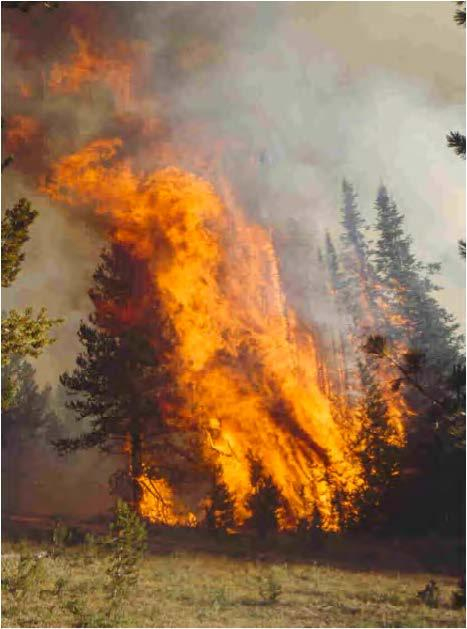-
Fire on the mountain: What motivates homeowners to reduce their wildfire risk?
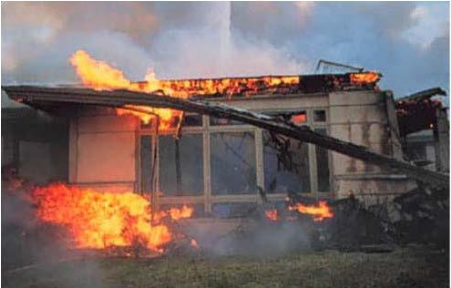
From the Rocky Mountain Research Station: New home building in the wildland-urban interface (WUI) continues unabated, despite the high financial and human costs of fighting fires in these areas. The […]
-
Coming to a landscape near you: Natural resource changes in the Interior West
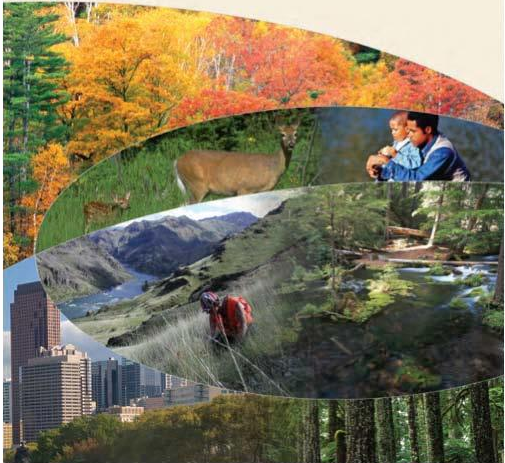
From the Rocky Mountain Research Station: In the coming decades, population growth, economic growth, and associated land-use changes – in concert with climate change – will influence forests and rangelands […]
-
Our relationship with a dynamic landscape: Understanding the 2013 Northern Colorado Flood
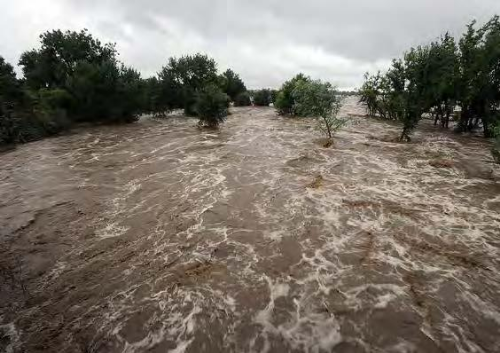
From the Rocky Mountain Research Station: The summer of 2013 was drier than normal along the Front Range, so when rain started falling on the northern end on September 9, […]
-
From watersheds to the web: Online tools for modeling forest soil erosion
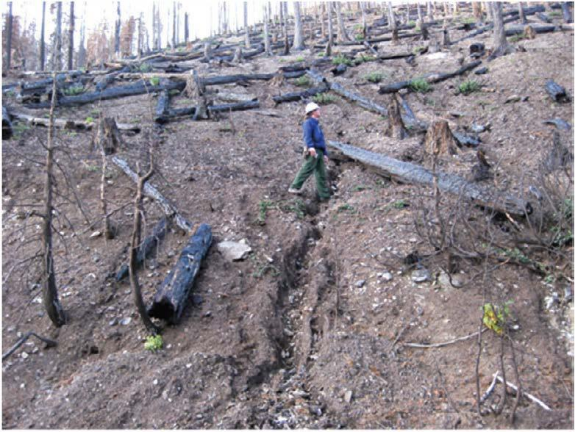
From the Rocky Mountain Research Station: Forest erosion can lead to topsoil loss, and also to damaging deposits of sediment in aquatic ecosystems. For this reason, forest managers must be […]
-
Fire and forethought: Fire effects syntheses are a powerful tool for planning and management across resource fields
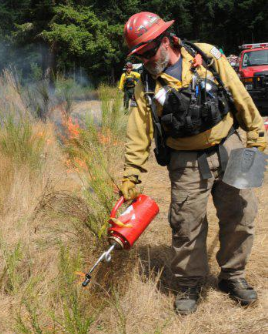
From the Rocky Mountain Research Station: The Rocky Mountain Research Station’s Fire Effects Information System (FEIS) team synthesizes information about wildland fires, their history in U.S. ecosystems, and their effects […]
-
Burgeoning biomass: Creating efficient and sustainable forest biomass supply chains in the Rockies
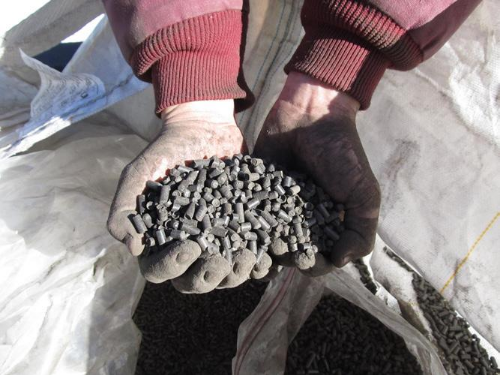
From the Rocky Mountain Research Station: Woody biomass could be used to generate energy in the western U.S. if the utilization process is both economically feasible and ecologically sustainable. The […]
-
Living with fire: How social scientists are helping wildland-urban interface communities reduce wildfire risk
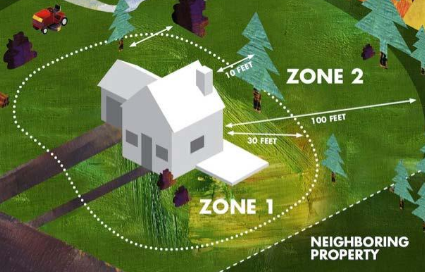
From the Rocky Mountain Research Station: Reducing wildfire risk to lives and property is a critical issue for policy makers, land managers, and citizens who reside in high-risk fire areas […]
-
Protecting the source: Tools to evaluate fuel treatment cost vs. water quality protection
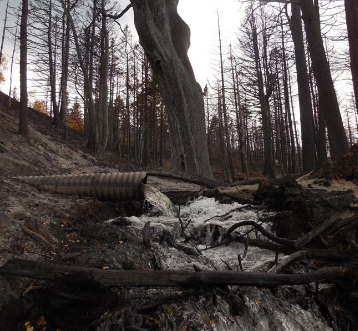
From the Rocky Mountain Research Station: High-intensity wildfires are one of the leading causes of severe soil erosion in western U.S. watersheds. This erosion can lead to disruptive deposits of […]
-
Wildland fire: Nature’s fuel treatment
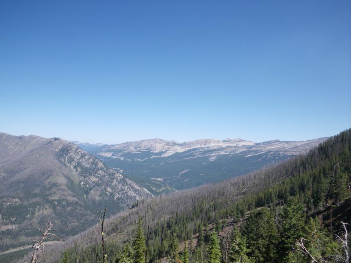
From the Rocky Mountain Research Station: Every year wildland fires affect much more acreage in the United States compared to controlled burns. Like controlled burns, wildland fire can help promote […]
Categories
- Article/Book/Chapter
- Course/Curriculum
- Education & Training
- Highlights
- Maps, Models, and Apps
- Newsletter/Digest
- Pre and Post Emergency Resources
- Publication
- Research Brief/Synthesis
- Technical Report
- Uncategorized
- Video
- Video & Audio Resources
- Webinar
- Website
Archive
- July 2025
- May 2025
- April 2025
- March 2025
- February 2025
- January 2025
- November 2023
- October 2023
- September 2023
- May 2023
- April 2022
- March 2022
- February 2022
- January 2022
- October 2021
- August 2021
- July 2021
- May 2021
- March 2021
- February 2021
- January 2021
- December 2020
- November 2020
- October 2020
- September 2020
- August 2020
- July 2020
- June 2020
- May 2020
- April 2020
- March 2020
- July 2019
- July 2018
- June 2018
- October 2017
- September 2017
- June 2017
- April 2017
- March 2017
- November 2016
- October 2016
- August 2016
- May 2016
- April 2016
- November 2015
- October 2015
- September 2015
- June 2015

